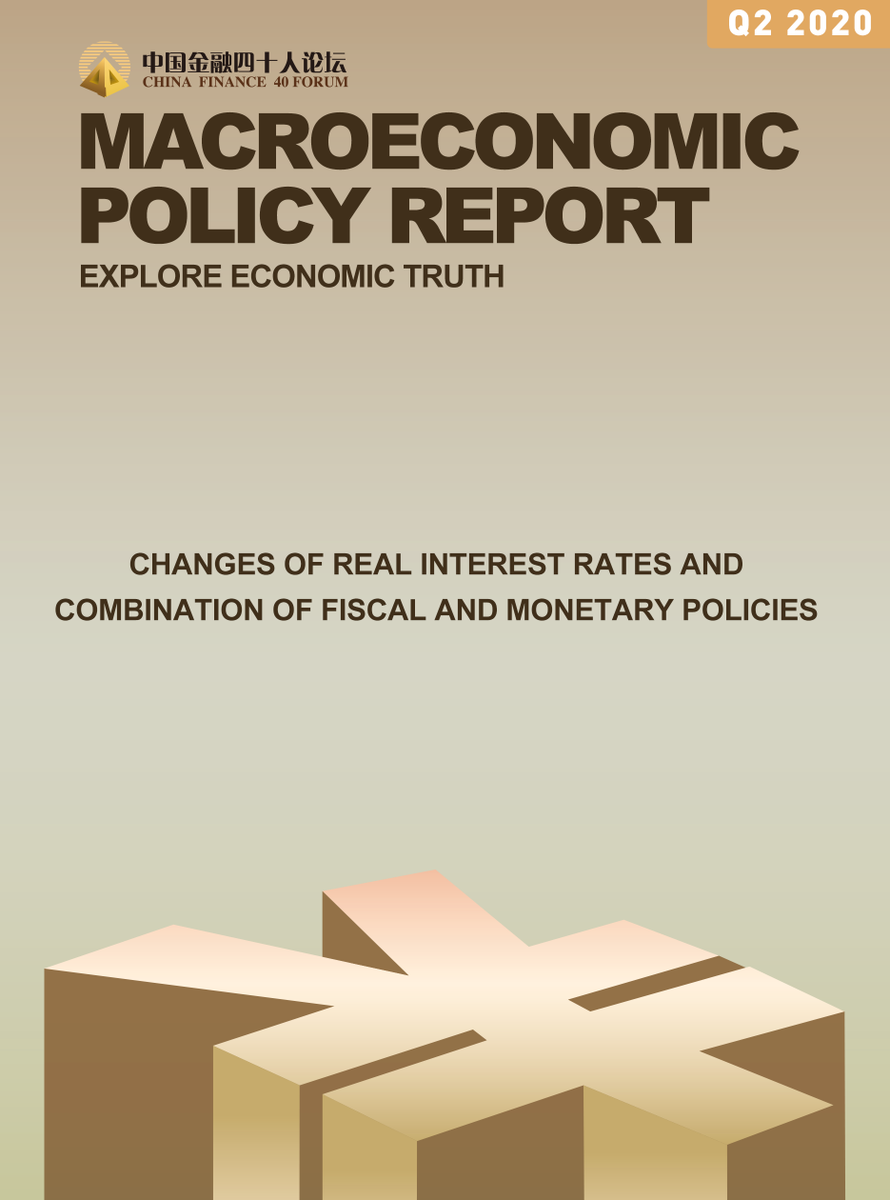Since the 08 financial crisis, real interest rates of many advanced economies have fall into negative territory. But China's real interest rate has risen notably since 2012 after going down all the way in 2000-2011, according to CF40 #Macroeconomic Policy Report: 1/6 

The drop of real interest rate in China in 2000-2011 was caused by several reasons, including longer life expectancy, as well as lower dependency ratio, rising income inequality and fall of the relative prices of capital goods. 2/6
Also, the period between 2000 and 2011 saw the peak of industrialization in China, when the government generated more than expected income, household income soared and saved it passively and companies greatly narrowed the difference between saving and investment. 3/6
From 2012 to 2019, many of these factors that can cause decline in real interest rate disappeared, and the alleviation of financial constraints and the increase of governmental expenditure also pushed the real interest rate up. 4/6
However, the changes in real interest rate do not necessarily lead to the neutral rate of interest that is consistent with full employment. In fact, real interest rate was lower than neutral rate of interest in China in 2000-2011,and it took just the opposite path in 2012-19. 5/6
An appropriate combination of monetary and fiscal policies would be required to narrow the gap between real and neutral interest rates. new.cf40.org.cn/uploads/ZB2020… 6/6
• • •
Missing some Tweet in this thread? You can try to
force a refresh




